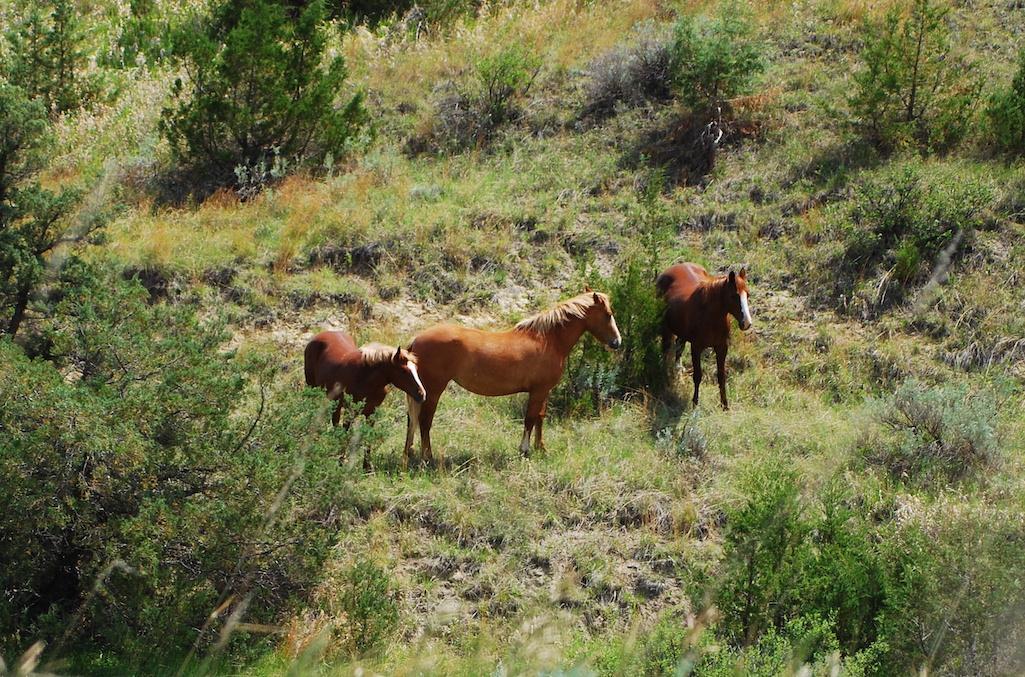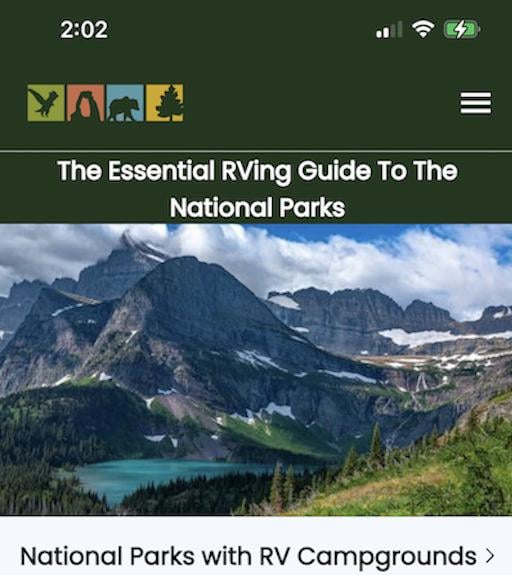
The National Park Service has stopped work on a proposal to remove feral horses from Theodore Roosevelt National Park/Kurt Repanshek file
A controversial plan to remove feral horses from Theodore Roosevelt National Park in North Dakota was killed Thursday, the National Park Service announced. The agency was under political pressure to keep horses in the park and had been lobbied by a group that had amassed more than 61,000 signatures on a petition urging the Park Service to "preserve and protect ... the iconic horses."
"The decision was made after careful consideration of the information and public comment received during the [environmental assessment] process," Theodore Roosevelt staff said in a brief press release.
Park staff in late 2021 began work on a plan for managing livestock — wild horses and longhorn cattle — in the park located in western North Dakota on the landscape Theodore Roosevelt explored and lived on in the late 19th century. The agency had proposed removing the fewer than a dozen cattle and about 200 feral horses from the park.
The park hadn't updated its horse management plan since 1978, and its cattle management plan dates to 1970. At issue was whether there should be any change in how the livestock are managed, whether the horses that roam the South Unit and the cattle in the North Unit should be removed as soon as possible, or whether the cattle should be removed and the horse herd reduced in number to a number of "fully contracepted horses" that would be allowed to live out their lives in the park.
While those who want horses to remain in the park view them as vestiges of the West that Roosevelt explored, the Park Service had pointed out that genetic testing "indicates that the horses in the Park today show no clear ancestral relationship to any one breed, but have the strongest genetic influence from draft breeds and not horses of Spanish origin."
Regarding the longhorn cattle that roam the park's North Unit, the Park Service noted that cattle contract Mycoplasma bovis, a bacterial disease that can be deadly to the park's bison herds, and that's one reason to justify their removal.
But horse advocates maintained the park would lose much of its character if the equines were removed. U.S. Sen. John Hoeven, R-North Dakota, earlier this year inserted language in the legislation that funds the Interior Department for the rest of the year urging the Park Service "to consider maintaining the historic scene commensurate with the historic herds during the period when President Theodore Roosevelt was a rancher in the area."
During a phone call with the Traveler a year ago, Theodore Roosevelt Superintendent Angie Richman acknowledged it was difficult to show definitively that the cattle and horses were having a negative impact on the park's grassland ecosystem.
"But the more hoofed animals you have on the landscape, the more pressure that it puts on the landscape, and by addressing the non-native species it allows a little bit more resiliency for the native animals in the park," she said.
In addition, managing the horses and cattle — which need supplemental feeding in the winter months — takes staff time and resources, said Richman.
"It's not just the flexibility for our native animals to be a little bit more resilient to things like wildfire, drought, climate change, but the management of horses and cattle has taken an increasing amount of our staff time and park resources as well, which compromises our ability to prioritize our natural ecosystem," she said.
Theodore Roosevelt National Park isn't the only unit of the National Park System with feral horses, and Park Service policies for dealing with the animals differ and seem to conflict at times with the agency's mission to preserve natural resources. Assateague Islands National Seashore, Cape Lookout National Seashore, and Cape Hatteras National Seashore all have feral horse populations that are tolerated, while Death Valley National Park has feral burros that it has long tried to remove.
At Mesa Verde National Park in Colorado, staff from time to time deals with trespassing horses that enter the park. "The presence of trespass livestock is inconsistent with the park’s mission to preserve the cultural and natural resources within the park and has caused damage to springs, riparian areas and archeological sites and objects," the Mesa Verde website points out.
Cumberland Island National Seashore along the Georgia coast also has a feral horse population, and while the park staff views the horses as a non-native invasive species, it is not working to remove them even though they are known to have had a "significant impact" on the seashore's ecosystem. A lawsuit demanding the Park Service remove the animals from the national seashore is being litigated.



Comments
It's unfortunate that politics have trumped science-based decision-making on this issue.